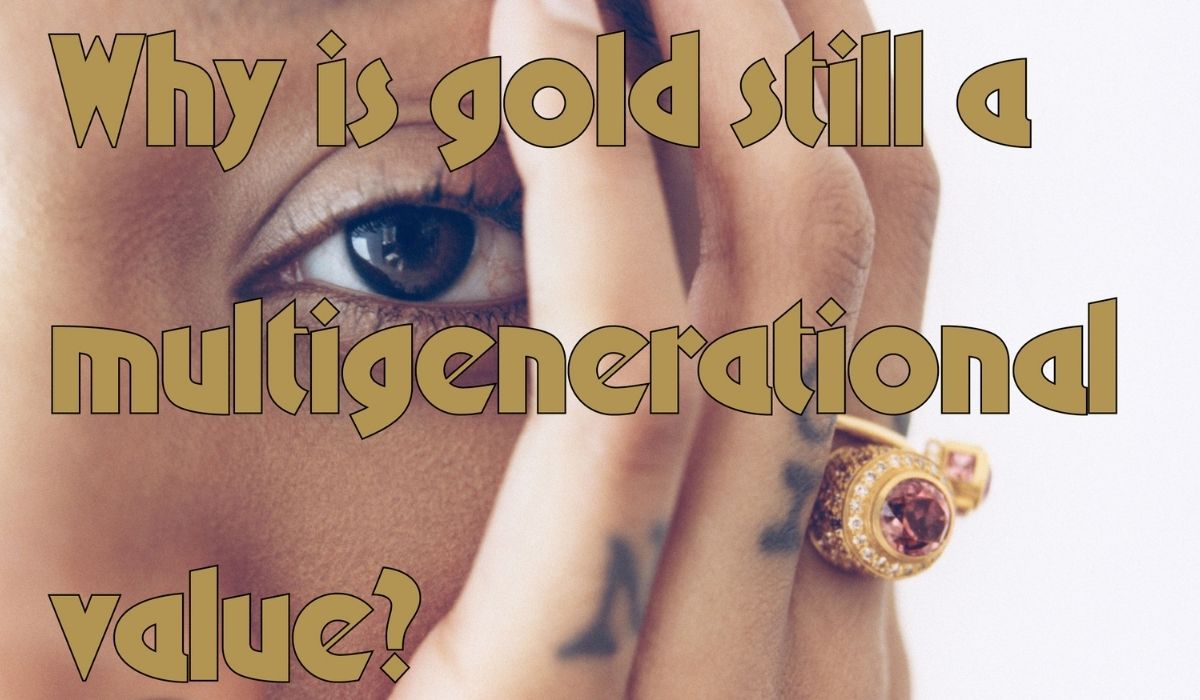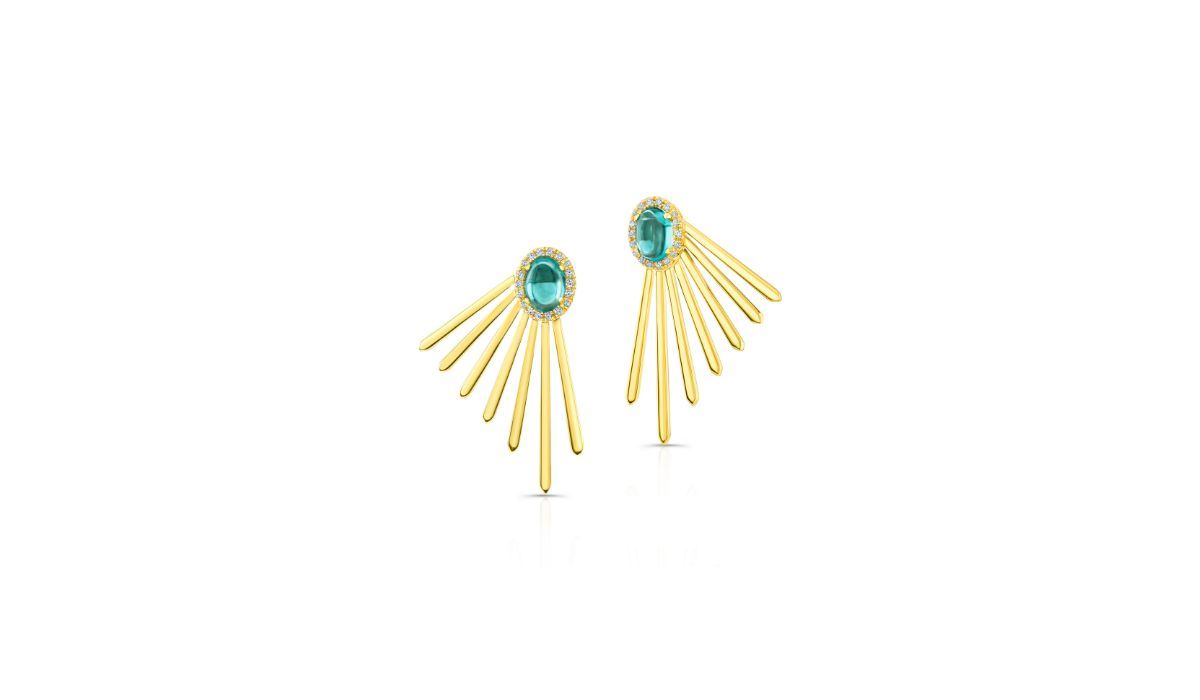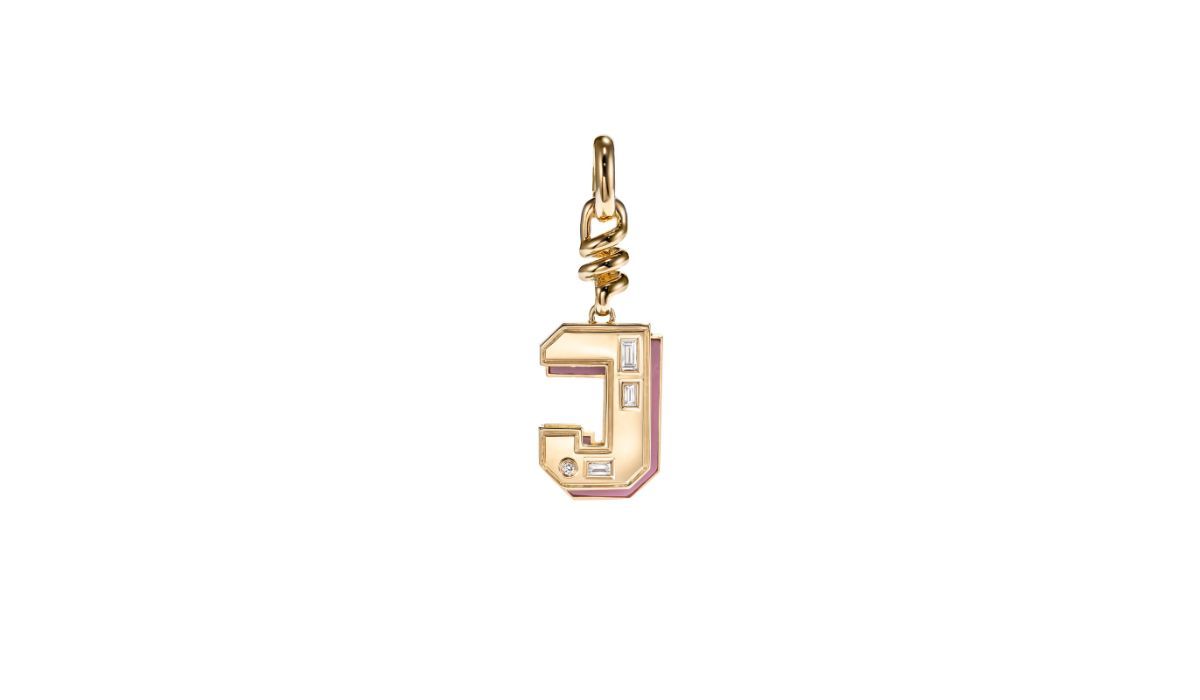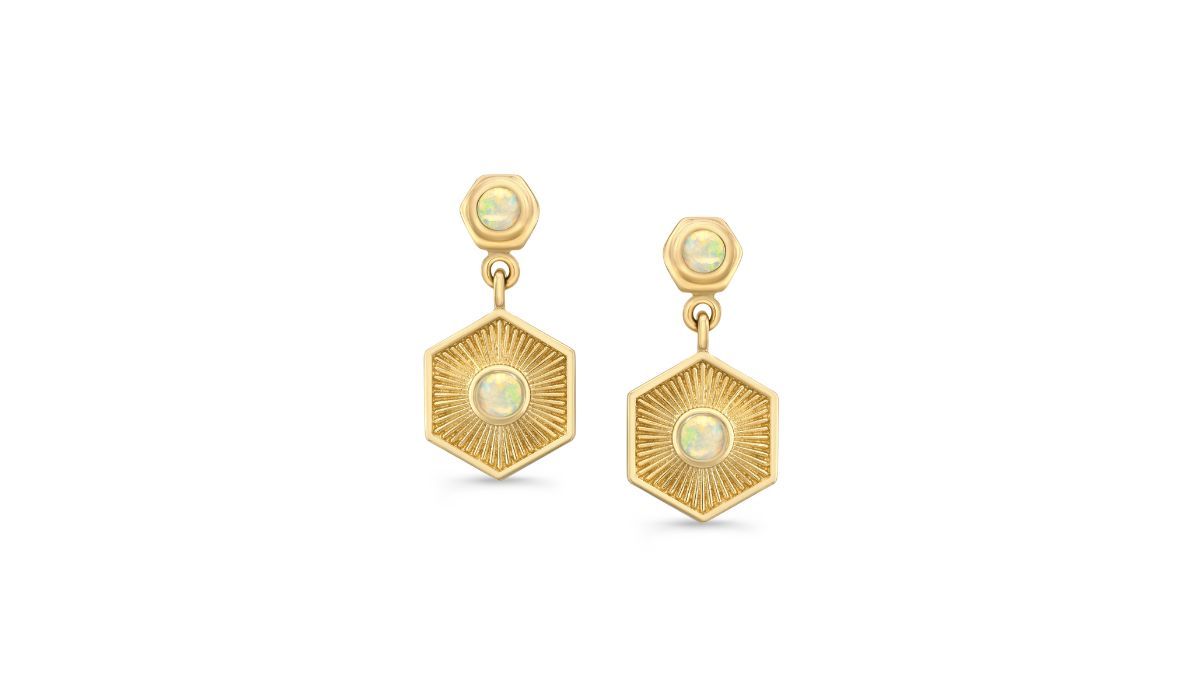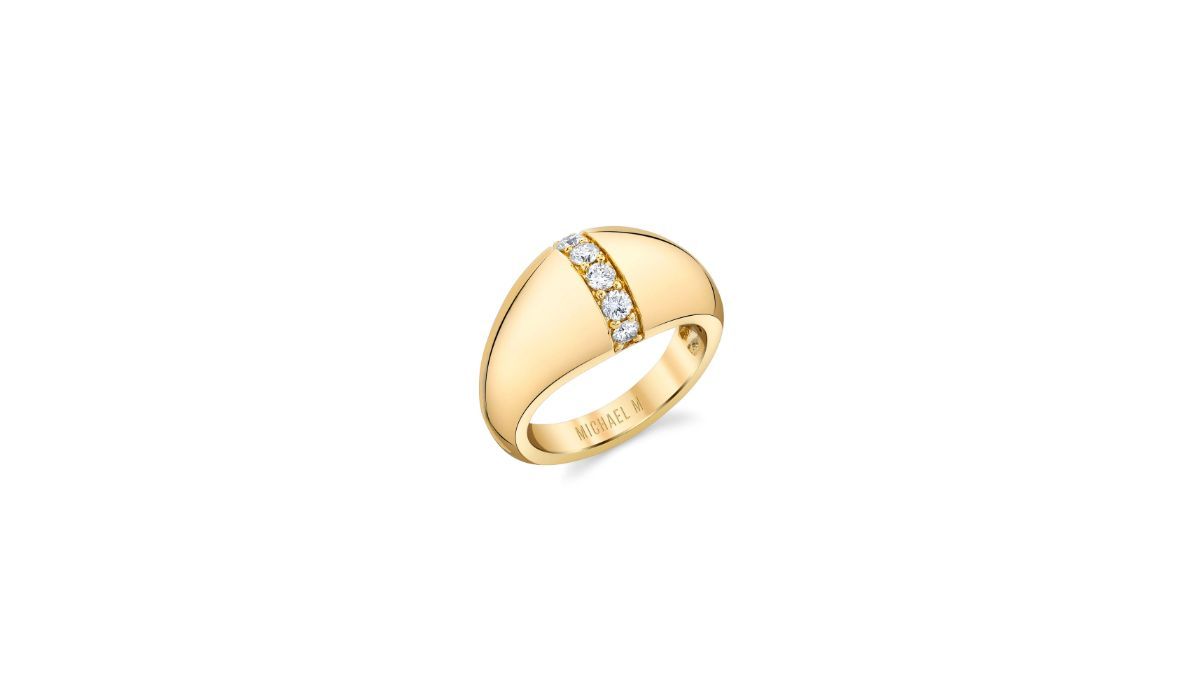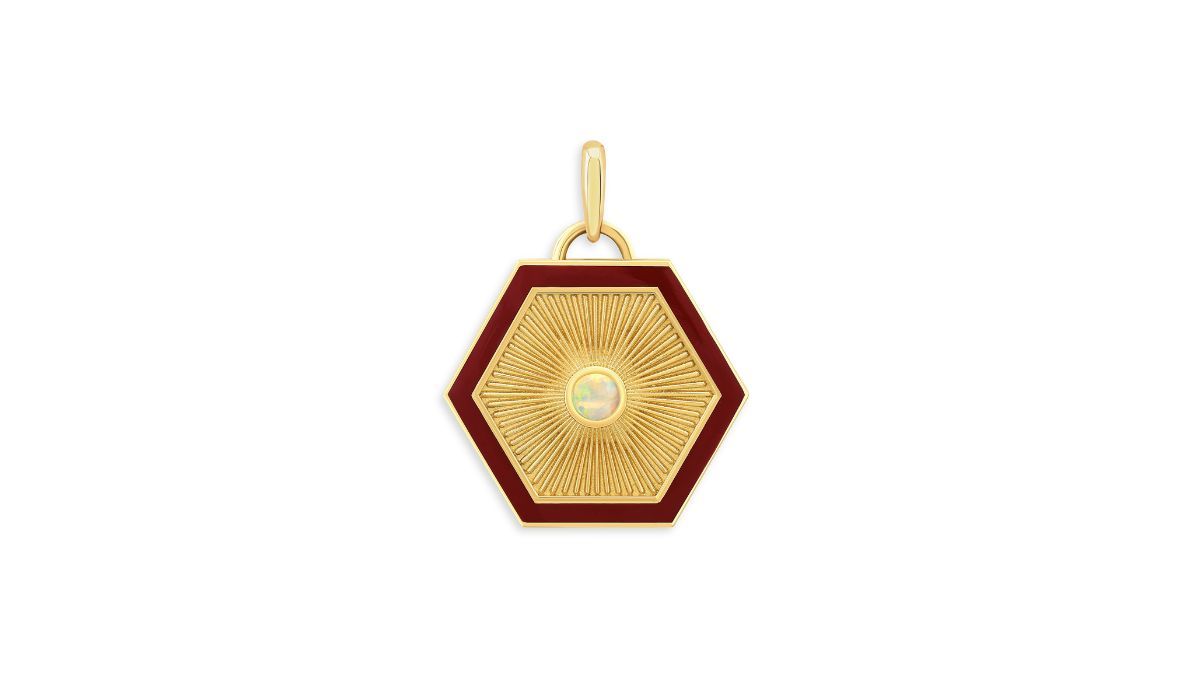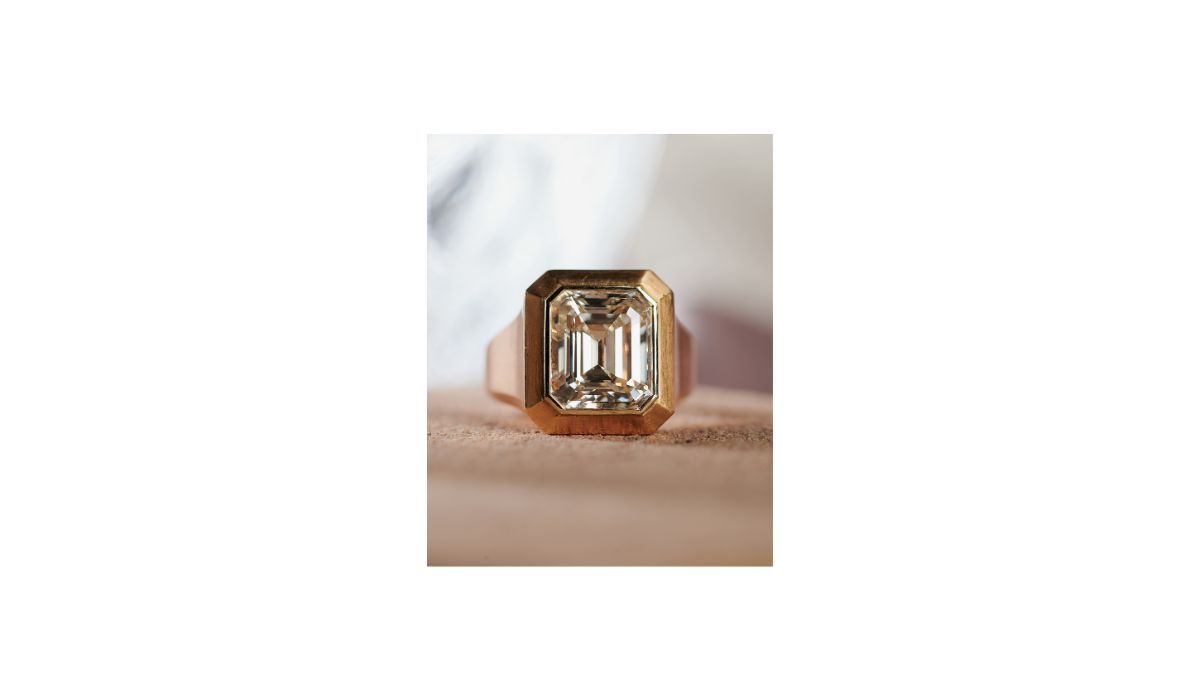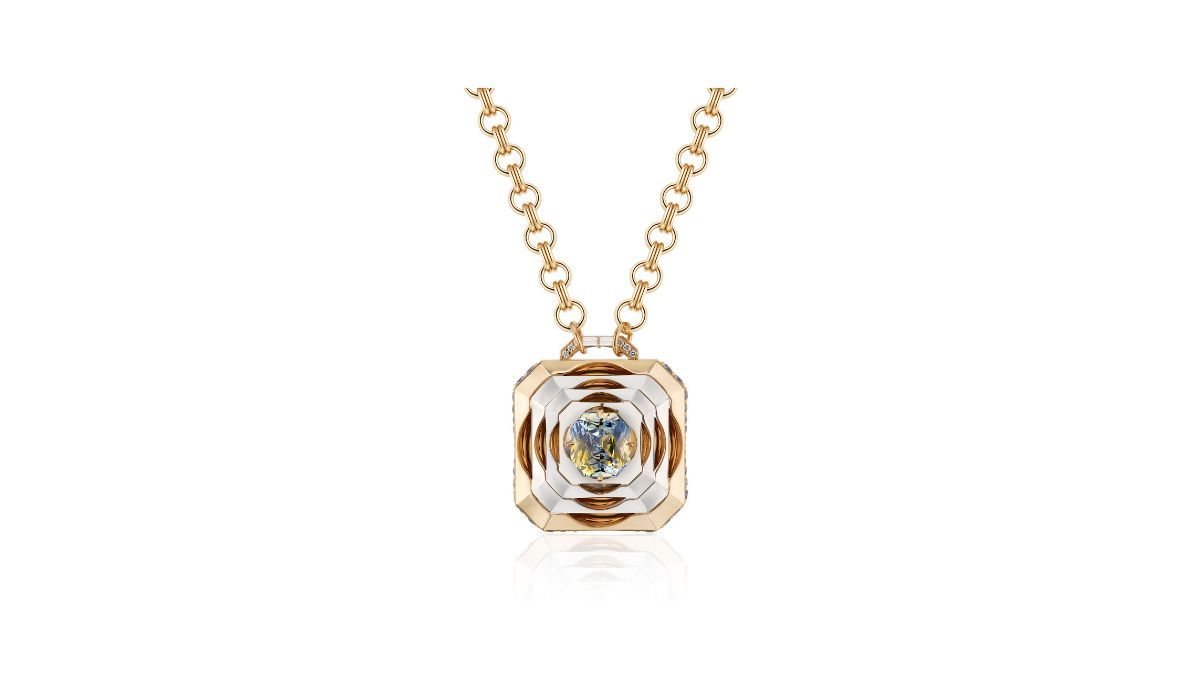Gold: The Reason for Its Multigenerational Value Today
The reflection of a gold jewel evokes a promise of durability and permanence. Each creation is a bridge connecting the present to the dreams and memories of those who came before us, linking generations across time
Gold, the supreme of noble materials, currently seen as one of the most exclusive due to its soaring value, continues to exude universal appeal. But what makes it such an enduring symbol, coveted by every generation? The answer lies in a complex and intricate combination of economic, cultural, and historical factors. Its limited nature has always conveyed a sense of stability. When markets tremble, the price of gold rises, and those who fear the future invest in it. But it is not just a question of economics.
The history of gold is an epic journey that touches the deepest chords of humanity: power, eternity, immortality. It was worshipped by the ancient Egyptians, who used it for the tombs of their pharaohs, believing it guaranteed eternal life. The link between gold and immortality originated there, a concept that spanned the ages and intensified until the Middle Ages, when gold became a veritable political weapon. Dynasties amassed immense quantities of this metal to finance wars, build empires, and consolidate their power. Its shine, unchanging over time, embodied strength—first attributed to the gods, then to sovereigns.
Gold was the engine behind all trading, the foundation on which the economy of worlds that revolved around its glow were built. In the 19th century, the introduction of the Gold Standard transformed it further, linking the value of coins to the amount of gold a nation possessed. Even when the system was abandoned, gold did not lose its status as a safe-haven asset. During every economic crisis, from the Great Depression to recent financial turmoil, it has stood as a bastion of security—the only certainty in a constantly changing world.
Alongside its economic value and long history, gold holds a symbolic meaning that binds it to the emotions and personal history of its owner. It is no coincidence that it is often handed down from generation to generation, not only as a store of wealth but also as a symbol of family continuity. Gold objects, such as rings, bracelets, or medallions, are often tied to significant moments in life—an engagement, the birth of a child, an important anniversary—and passing them on from one generation to the next transcends material value. It is the passing on of a symbolic legacy, a history handed down through objects, making gold a silent witness to family ties and memories.
Today, as the world moves toward increasing digitization and virtualization of goods, gold continues to serve as a concrete link to the past and a promise of durability for the future. These values are echoed in the latest jewelry created by contemporary designers who manage to preserve its cultural heritage and traditional knowledge through new artistic visions. Each creation becomes a way to tell personal and collective stories that continue to inspire and excite.
A stunning 18kt gold necklace, dated around 1965, part of Lalaounis' famous classical and Hellenistic collection, pays homage to the splendor of ancient Greece. Its hand-woven chain holds round discs, each decorated with floral gold wirework. Alternating bull’s head and acorn charms hang from the discs—both symbolic motifs of ancient times, evoking strength, endurance, and a natural world.
The 18kt yellow gold “Procris-V8/75” pendant, branded Bijoux de Braque in 1963, was designed by French artist Georges Braque and produced by jeweler Baron Heger de Löwenfeld. It features a stylized bird depicted in vibrant green enamel, resting on a long chain composed of hoops interconnected by pairs of baton links. These two collectors' items, which transcend time and style, are just small examples of how tradition is preserved through the creations themselves—celebrating myths and legends, memories and ancient artisan techniques that inspire new works.
In recent decades, a major evolutionary shift has occurred, with an increasing focus on sustainability and ethical sourcing. The demand for gold is no longer merely based on its beauty or intrinsic value, but also on how it is mined and processed. New generations, more conscious of the environmental and social impacts of their purchases, reward brands that use recycled or responsibly sourced gold. Designers are innovating in new and surprising ways, combining gold with less conventional materials and experimenting with bold shapes and textures.
But even in this context of stylistic evolution, the link with tradition is not lost. Gold pieces continue to be regarded as durable investments, able to withstand fleeting fashions and remain consistently current. It is this ability to combine both the economic and emotional aspects that makes gold unique, allowing it to remain a benchmark for generations to come—something that spans time, maintaining its splendor even in the face of the inevitable oblivion to which everything else seems destined.
Whether an investment, a symbol, or simply a memento, gold remains unchanged, like a promise of eternity in a transient world. At the end of the day, perhaps that is precisely why we are so attracted to it.
The history of gold is an epic journey that touches the deepest chords of humanity: power, eternity, immortality. It was worshipped by the ancient Egyptians, who used it for the tombs of their pharaohs, believing it guaranteed eternal life. The link between gold and immortality originated there, a concept that spanned the ages and intensified until the Middle Ages, when gold became a veritable political weapon. Dynasties amassed immense quantities of this metal to finance wars, build empires, and consolidate their power. Its shine, unchanging over time, embodied strength—first attributed to the gods, then to sovereigns.
Gold was the engine behind all trading, the foundation on which the economy of worlds that revolved around its glow were built. In the 19th century, the introduction of the Gold Standard transformed it further, linking the value of coins to the amount of gold a nation possessed. Even when the system was abandoned, gold did not lose its status as a safe-haven asset. During every economic crisis, from the Great Depression to recent financial turmoil, it has stood as a bastion of security—the only certainty in a constantly changing world.
Alongside its economic value and long history, gold holds a symbolic meaning that binds it to the emotions and personal history of its owner. It is no coincidence that it is often handed down from generation to generation, not only as a store of wealth but also as a symbol of family continuity. Gold objects, such as rings, bracelets, or medallions, are often tied to significant moments in life—an engagement, the birth of a child, an important anniversary—and passing them on from one generation to the next transcends material value. It is the passing on of a symbolic legacy, a history handed down through objects, making gold a silent witness to family ties and memories.
Today, as the world moves toward increasing digitization and virtualization of goods, gold continues to serve as a concrete link to the past and a promise of durability for the future. These values are echoed in the latest jewelry created by contemporary designers who manage to preserve its cultural heritage and traditional knowledge through new artistic visions. Each creation becomes a way to tell personal and collective stories that continue to inspire and excite.
A stunning 18kt gold necklace, dated around 1965, part of Lalaounis' famous classical and Hellenistic collection, pays homage to the splendor of ancient Greece. Its hand-woven chain holds round discs, each decorated with floral gold wirework. Alternating bull’s head and acorn charms hang from the discs—both symbolic motifs of ancient times, evoking strength, endurance, and a natural world.
The 18kt yellow gold “Procris-V8/75” pendant, branded Bijoux de Braque in 1963, was designed by French artist Georges Braque and produced by jeweler Baron Heger de Löwenfeld. It features a stylized bird depicted in vibrant green enamel, resting on a long chain composed of hoops interconnected by pairs of baton links. These two collectors' items, which transcend time and style, are just small examples of how tradition is preserved through the creations themselves—celebrating myths and legends, memories and ancient artisan techniques that inspire new works.
In recent decades, a major evolutionary shift has occurred, with an increasing focus on sustainability and ethical sourcing. The demand for gold is no longer merely based on its beauty or intrinsic value, but also on how it is mined and processed. New generations, more conscious of the environmental and social impacts of their purchases, reward brands that use recycled or responsibly sourced gold. Designers are innovating in new and surprising ways, combining gold with less conventional materials and experimenting with bold shapes and textures.
But even in this context of stylistic evolution, the link with tradition is not lost. Gold pieces continue to be regarded as durable investments, able to withstand fleeting fashions and remain consistently current. It is this ability to combine both the economic and emotional aspects that makes gold unique, allowing it to remain a benchmark for generations to come—something that spans time, maintaining its splendor even in the face of the inevitable oblivion to which everything else seems destined.
Whether an investment, a symbol, or simply a memento, gold remains unchanged, like a promise of eternity in a transient world. At the end of the day, perhaps that is precisely why we are so attracted to it.


